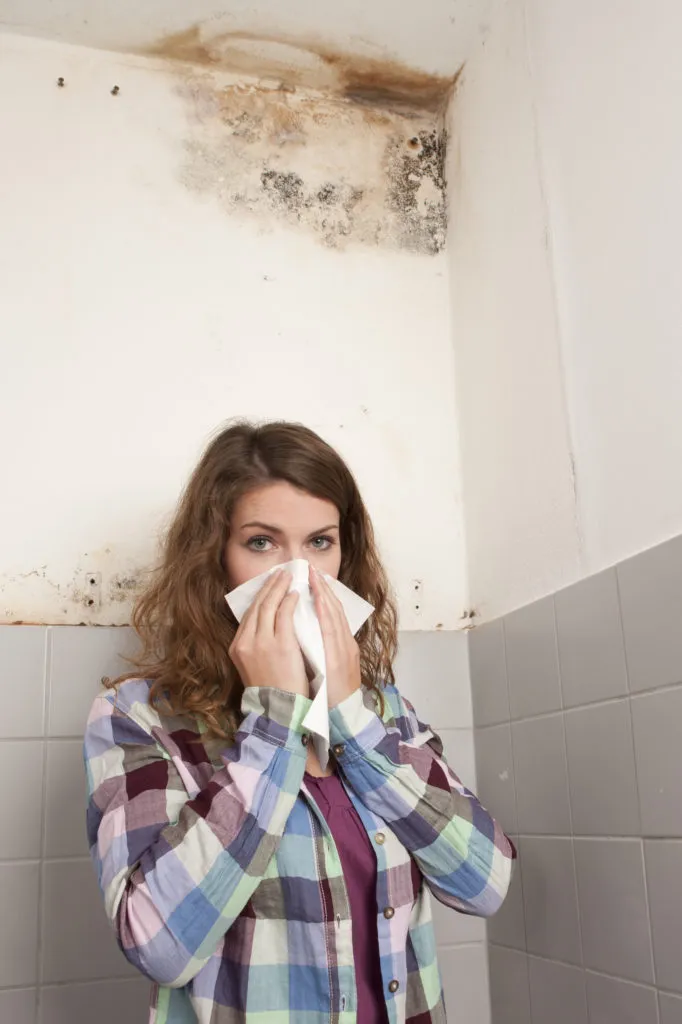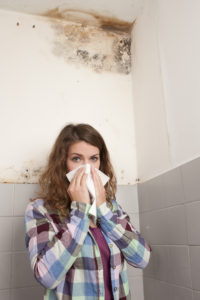Mold: Is it the Landlord's Responsibility?

February 23, 2012
3 min read
 Mold: You hope you don't have it, you can't always see it, but you can't ignore it. What you can do is take steps to prevent and eliminate mold if those nasty little spores start appearing in your rental property.
Mold: You hope you don't have it, you can't always see it, but you can't ignore it. What you can do is take steps to prevent and eliminate mold if those nasty little spores start appearing in your rental property.
There aren't any set legal limits for maximum exposure, but there have been numerous cases of tenants suing their landlords for damages and health problems caused by the presence of “toxic mold” in the unit. Renters haven't always won these cases, but the legal costs and hassle can cause headaches either way — and responsible landlords should ensure that their properties are safe and comfortable for their residents.
It’s worth your time to examine your property for mold and take measures to prevent its growth.
How and where does mold grow?
The combination of moisture and nutrients provides the perfect environment for mold growth. It usually grows as a result of poor ventilation or structural weakness that allows water to seep in from the outside. Different types of mold grow on different materials, such as carpet, water pipes, cardboard boxes or ceiling tiles. Humidity and warmth provide ideal growing conditions for the organism. Not all mold is harmful — the mold on your bathroom tile, for example, isn't a health concern. Discoloration and musty odors are usually a sign to check for mold in your property.
What damage does it cause?
If mold grows undetected, it can cause stains and discoloration on the carpet, walls, fabric or any other surface it’s growing on. If you ignore it, it could ruin these materials as well as cause wood rot and disintegration. The major concern about toxic mold, though, is that it can cause health problems. Mold releases spores and chemicals that can trigger allergic reaction or illness in occupants. While the severity of the reaction depends on the type of mold and degree of exposure, those with weak immune systems, such as the elderly and young children, are usually the most at-risk.
How do you get rid of it?
Prevention is the best solution, but if you do find mold growing on your property and it appears to be a small-scale problem, try cleaning it with unscented detergent and water. Wear rubber cleaning gloves, protective goggles and a dust mask to protect yourself from spores, and stop if you develop nausea or headaches. Make sure the area is well ventilated post-cleanup, or the mold will return. Dealing with a larger mold problem, recurring mold, or a very damp apartment is best handled by a professional.
What is your responsibility?
Mold is present everywhere, but it doesn’t become a problem until you give it an environment to grow in. Make sure your property is well ventilated, and educate your tenants about mold prevention. Give them advice on how to regularly clean vulnerable areas such as bathrooms, and have them alert you as soon as they notice moisture buildup or leaks. Get the problem taken care of quickly to prevent mold growth. If your tenant reports the presence of a mold problem and you fail to act, it could get you in legal trouble as well as potentially cause serious health problems.
Mold or not, it’s the landlord’s responsibility to ensure that the property is habitable. Under the law, you’re required to maintain the property for your tenant and make necessary repairs such as fixing broken windows, leaky pipes and roofs. Neglecting to make those types of repairs is often what leads to mold growth, so as long as you stay on top of property maintenance, your rental should stay mold-free.
Connect with us!
Learn how Zillow Rentals can help you reach your goals.
Stay informed. Stay ahead.
Access exclusive industry insights, market trends, and expert tips. Subscribe now to receive quarterly Zillow Rentals newsletters!